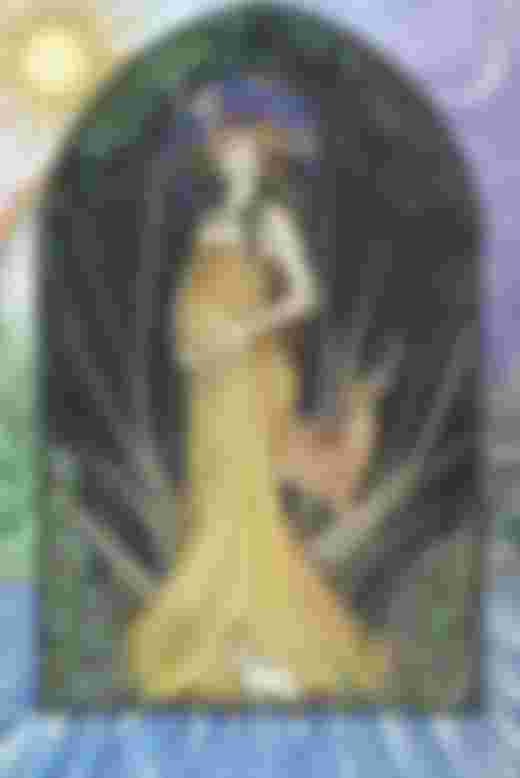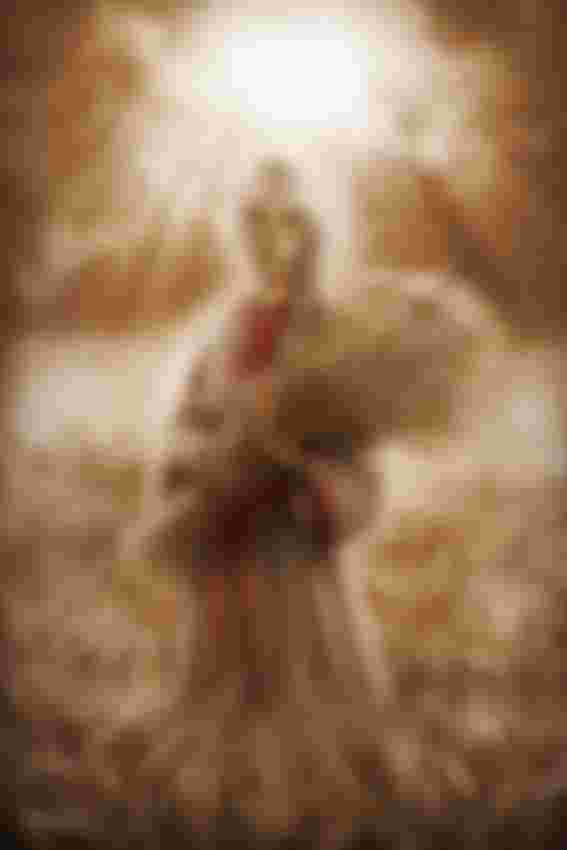Among the ancient Slavs, weather conditions were extremely important. Their health, way of life, quality of crops and health of cattle would depend on the favorable weather conditions. Thus, winter, taking into account the geographical position of the place inhabited by Slavs, would symbolize a difficult period of life for which they had to prepare during other seasons to survive, while spring was a more beautiful time when nature wakes up and brings warmth and cheerful spirit in homes. Every season, with the Slavs, would be associated with the rule of one of the goddesses. Each of these goddesses had special characteristics that were related to the characteristics of the seasons that they rule. The deities of the seasons have a female form precisely because they symbolize fertility, nature, love, beauty and life. The ancient Slavs worshiped goddesses as much as male gods, and some of them, such as Mother Wet Earth was on a par with Svarog, Perun and other higher deities in importance. The goddesses of the seasons in our ancestors are Živa (goddess of autumn), Morana (goddess of winter), Vesna (goddess of spring) and Lada (goddess of summer).

Živa ( ALIVE), or Gray, is the goddess of fertility. The name alone tells her that she is a goddess who gives life. She is one of the most famous goddesses of the Old Slavic pantheon, and that notion of motherhood in this goddess was significantly more impressive than, for example. by Vesna or Lada. One of her names, Zizileja represents Ziva as a protector of children, ie a goddess who takes care of children and watches over their destiny.

Based on her physical appearance, we will see that she is a typical fertility deity. Her hair is blonde, the color of wheat ears, she holds an apple in one hand and strawberries in the other.

Also, Živa is very often portrayed as a pregnant young girl with golden hair given to her by Svetovid so that evil spirits would not burn her. Živa represents the earth, which at the time of fertility is covered with the gold of the kernel of grain, while at the barren season it is left without its "golden hair". In Belarus, it was once believed that Živa was pregnant during the summer, which is why it was forbidden to drive blades into the ground so that this goddess would not be injured. There was a ritual where men placed carved statues with the image of Živa in the fields, in order to approve of her fertility. A tribute was offered to her for the same purpose, usually in flowers and fruits. It is also recorded that the Living Rooster was sacrificed, known as a symbol of fertility and the sun.

The autumn season was associated with this goddess. If we tie Vesna to spring, Lada to summer, and Morana to winter, we get all four phases of the goddess-Earth, who through her four divine characters goes through the annual cycle of fertility. However, although each goddess was associated with a particular time of year, they were celebrated even when their age was not. Živa was most respected in the territory around the river Elbe, that is, among the Polap Slavs. The tribe of Ljutić wore the image of this goddess on their warrior flag. Titmar noticed that the Ljutićs lost the flag with the image of Živa crossing the swollen river Milda. Louis Leger mentions her as the deity of Obotrid, but there is doubt about the authenticity of her cult, since Ziva is mentioned in the writings of Mater Verborum, which later turned out to be false. Among the South Slavs, the words deva or baba appear through toponyms and are associated with Živa.




Slovanska boginja Živa je ponavadi upodobljena golih prsi s klasjem v levi roki in jabolkom v desni. Na glavi je po navadi imela okras, ki je spominjal na sončne žarke, bila je ogrnjena z lahkim plaščem, golih prsi in ramen.
Živa naj bi bila ena najstarejših boginj – čim dlje posežemo nazaj v prazgodovino, tem bolj se nam predstavlja kot življenje samo. Kot pojem življenja naj bi bila prisotna v predstavi ljudi že v afro-evropskem obdobju, torej 2000 let pred našim štetjem, ko naj bi na območju severne Afrike in Evrope prevladoval matriarhat in pastirska družba.